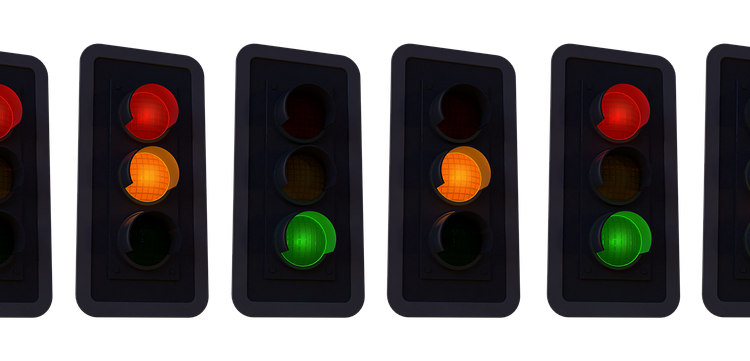The much-anticipated Gamzu Plan was presented to Israel’s Coronavirus Cabinet by Prof Ronni Gamzu today, and it seems like the plan is mostly to relax the restrictions on gatherings that are currently in place.
First, some relevant facts that Gamzu presented:
- 36-39% of Israel’s new Covid-19 cases are Haredim (Ultra-Orthodox) — three times their share of the Israeli population. This number is actually falling, but the Health Ministry is concerned that the apparent drop could be due to Haredim refusing to get tested when displaying symptoms rather than a real drop in morbidity.
- 20% of the new cases are Arab citizens/residents, which is pretty close to their share of the population.
- Overall, Israel’s daily morbidity is stable at around 1600 daily cases, but it needs to come down significantly.
Now, the plan. Gamzu proposes that each Israeli local authority should be assessed on three parameters:
- The number of new infections a week per 10k residents
- Proportion of positive tests per week
- The rate of growth of new cases in the last week
Every two weeks, towns will be given a score based on these three measures and assigned as green, yellow, orange or red.
Sounds like a good idea so far. So what happens then?
Well,
Red neighbourhoods:
gatherings restricted to 10 indoors, 20 outdoors
Orange neighbourhoods:
gatherings restricted to 25 indoors, 50 outdoors
Yellow neighbourhoods:
gatherings restricted to 50 indoors, 100 outdoors
Green neighbourhoods:
gatherings restricted to 100 indoors, 250 outdoors
In practice, this is a significant relaxation of the current gathering rules (20 indoors, 30 outdoors) for everywhere except the red zones. The red zone rules will be what the national rules were in July.
There is more to the plan, including more extensive use of infection hotels in red zones and more support for those affected areas. But I honestly struggle to see how this plan could possibly reduce Israel’s daily infection rate. It seems more likely to increase the rate!
Another issue is more practical. Under today’s numbers, the Haredi town of Modiin Illit would probably be a Red Zone. But the nearby city of Modi’in has very few cases and is probably a Green Zone. If residents of Modi’in Illit want to hold a party, what’s to stop them from booking an event hall in Modi’in? Won’t this just result in people from Red Zones driving en masse to Green towns to hold large events, infecting the locals?
In any case, it might not matter. The coronavirus cabinet discussed the Gamzu Plan tonight, but a vote was scrapped at the last minute after the Haredi parties opposed the plan, claiming it was too restrictive on synagogues. They also objected because (due to the high infection rate in the Haredi community), the Red Zones would end up being disproportionately Haredi towns, which former Health Minister Litzman implied would be discrimination.
So there’s a plan, but it seems to mostly allow bigger, riskier gatherings. And it didn’t even get voted on yet.
Additionally, Gamzu prepared a contingency plan for a fairly restrictive lockdown over the Jewish month of Tishrei, covering the High Holy Days and Sukkot. It was stressed that this plan ideally shouldn’t be needed, as long as the Gamzu Plan succeeded in reducing new daily infections from 1600 to 400 in the next month.
Even with a restrictive lockdown, getting from 1600 daily cases to 400 could take longer than a month. I’m sceptical that the Colour Zones plan will reduce infection at all, let alone to 400-a-day within a month. And it certainly won’t reduce anything if it isn’t even in effect yet.
So get ready for a Tishrei lockdown, I suppose!

2 thoughts to “The Gamzu Plan is… bigger gatherings?”
Comments are closed.